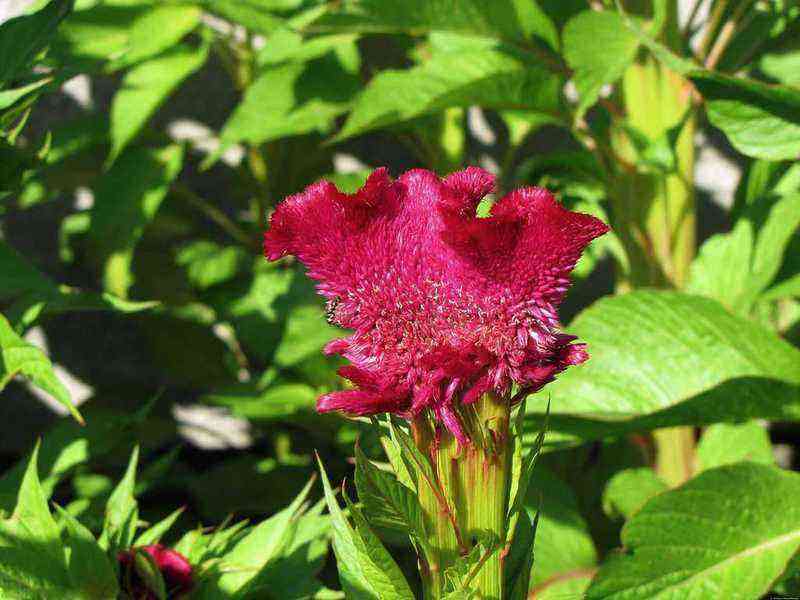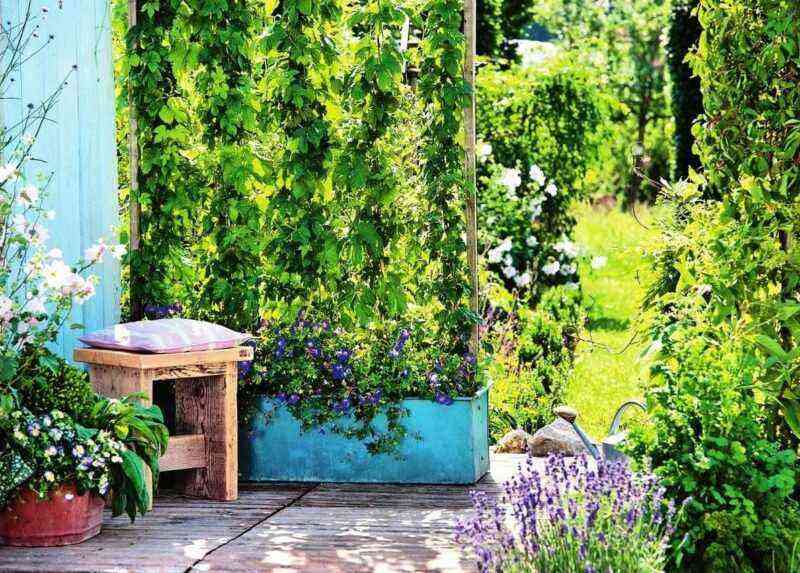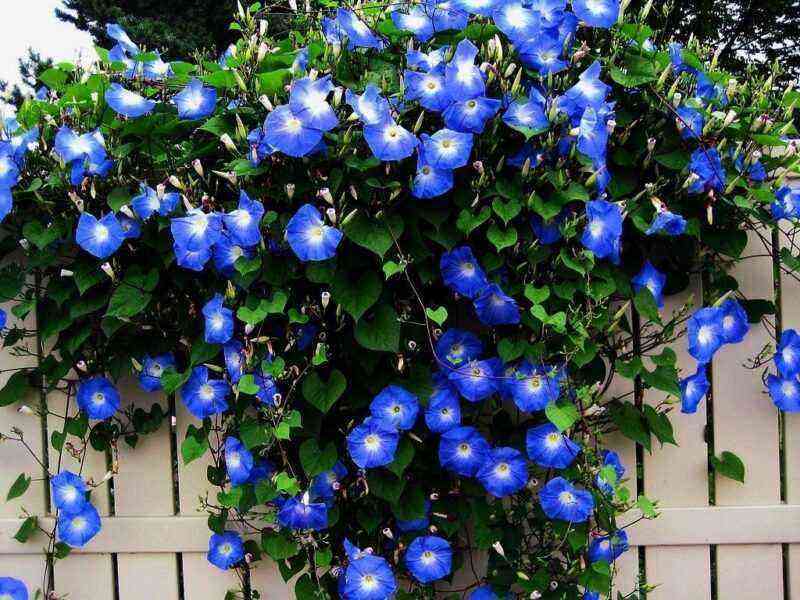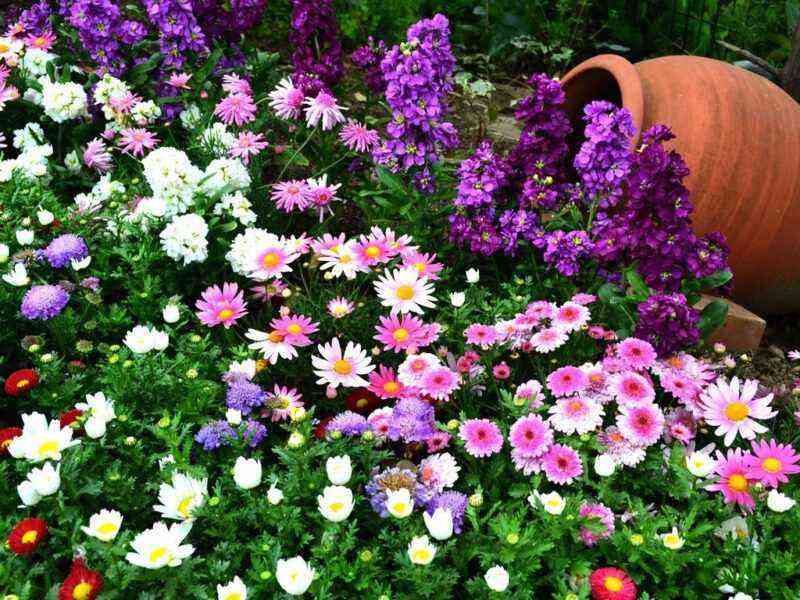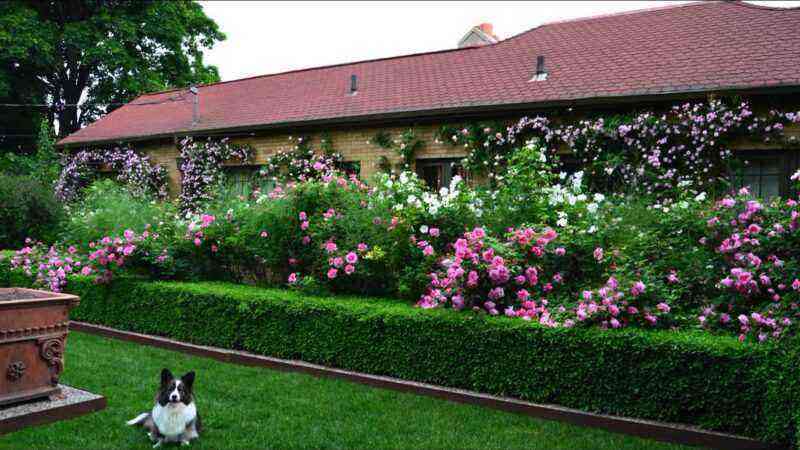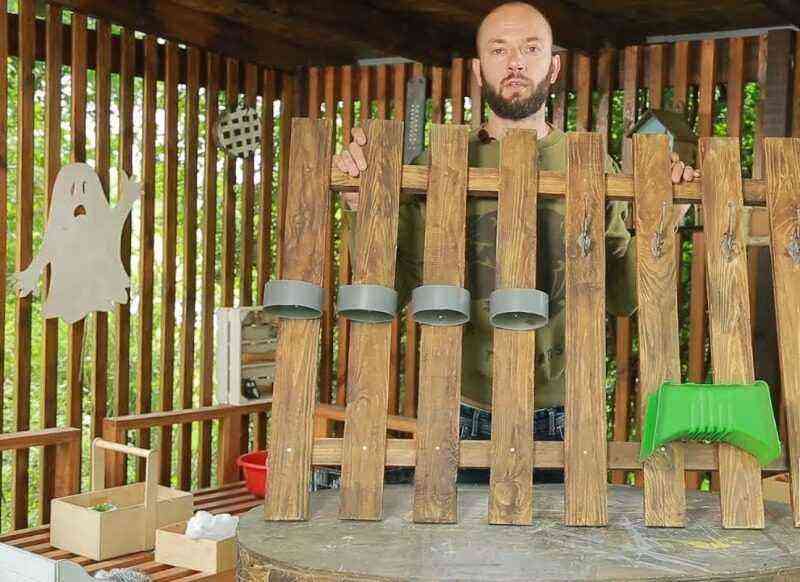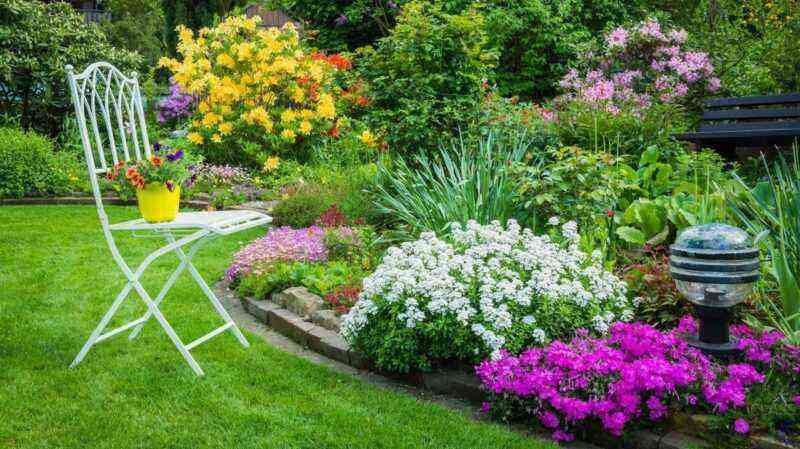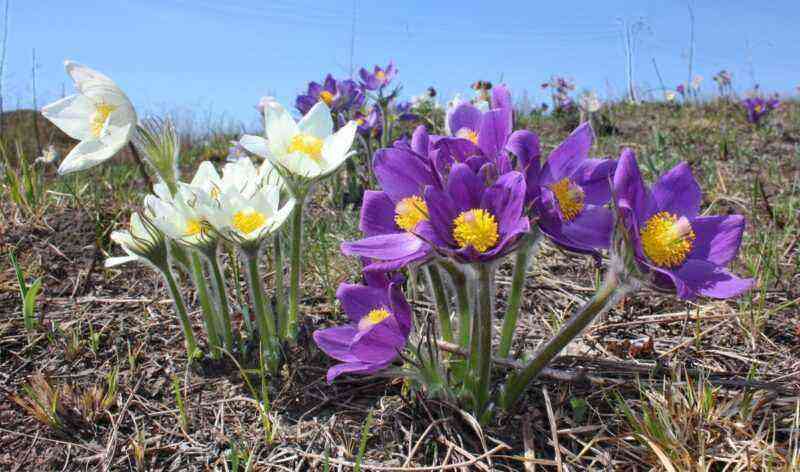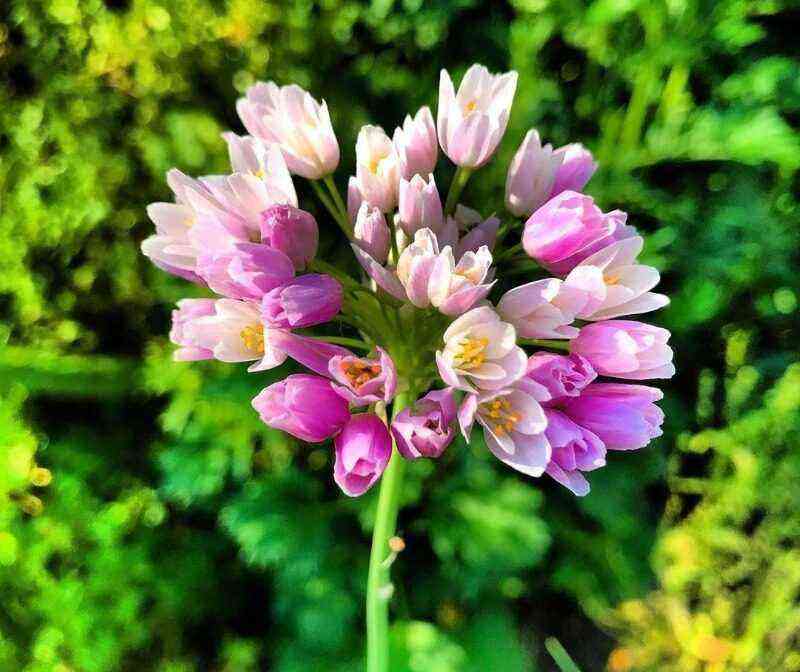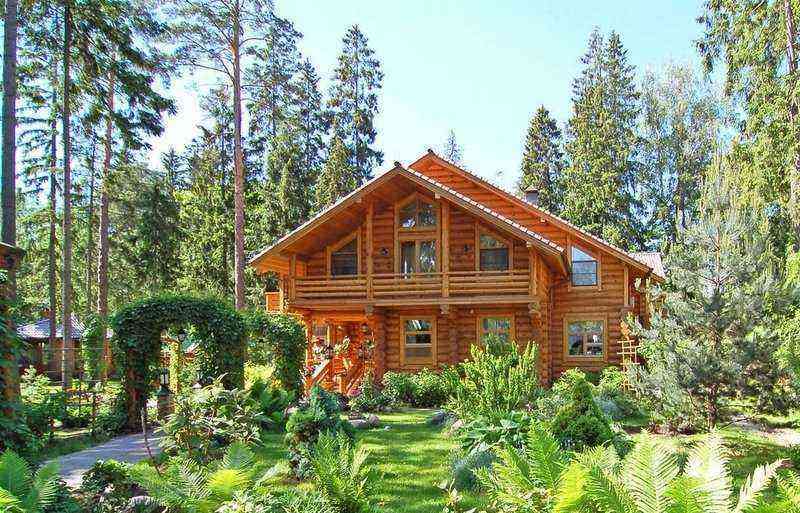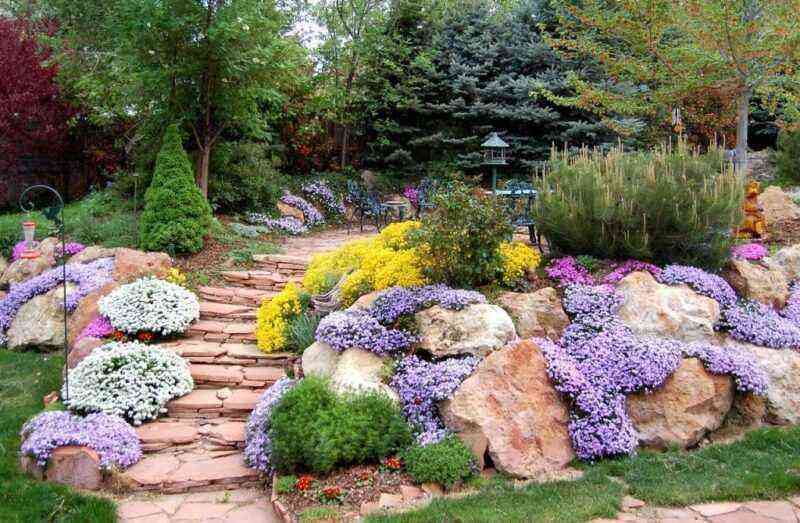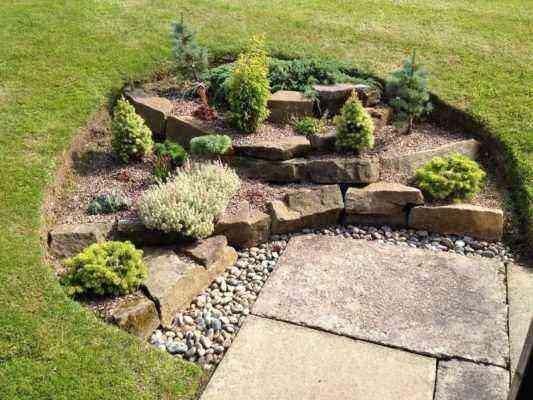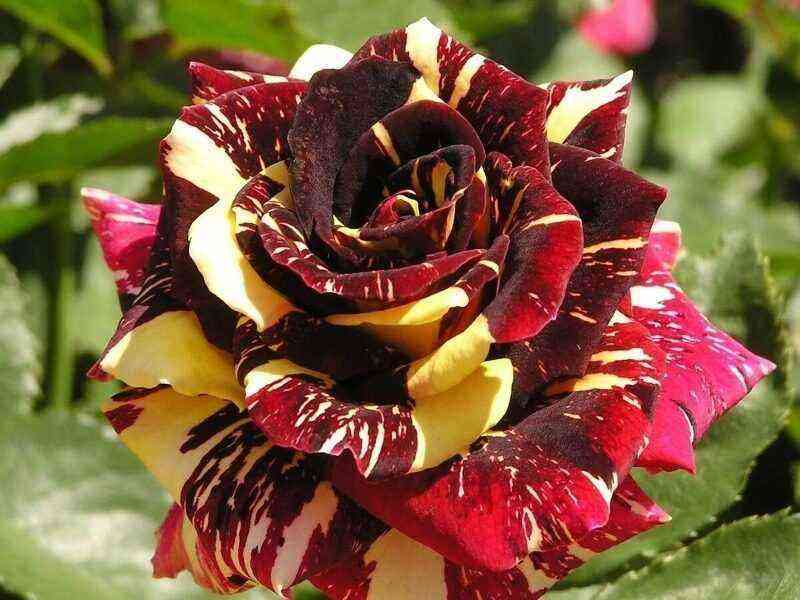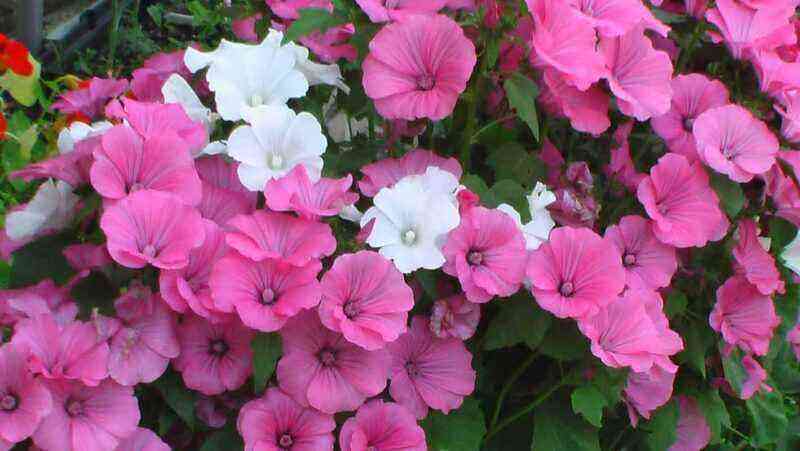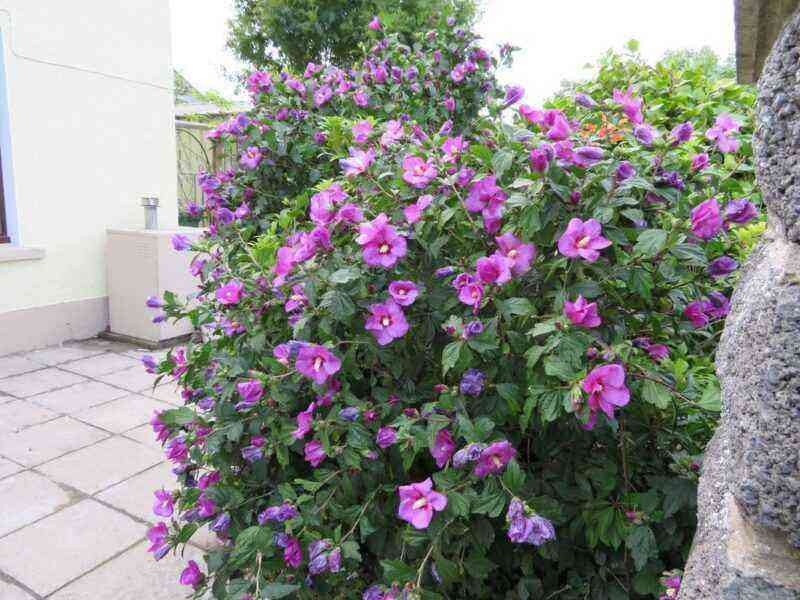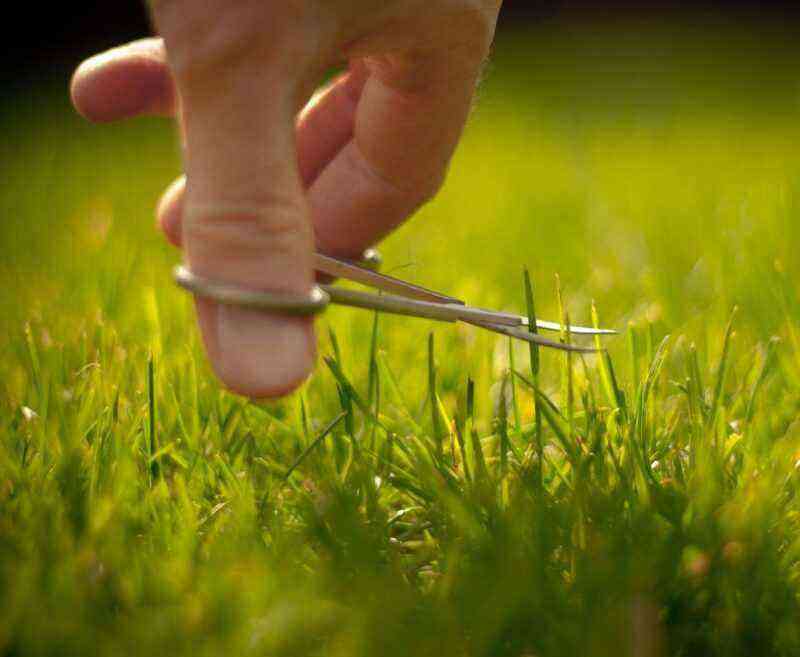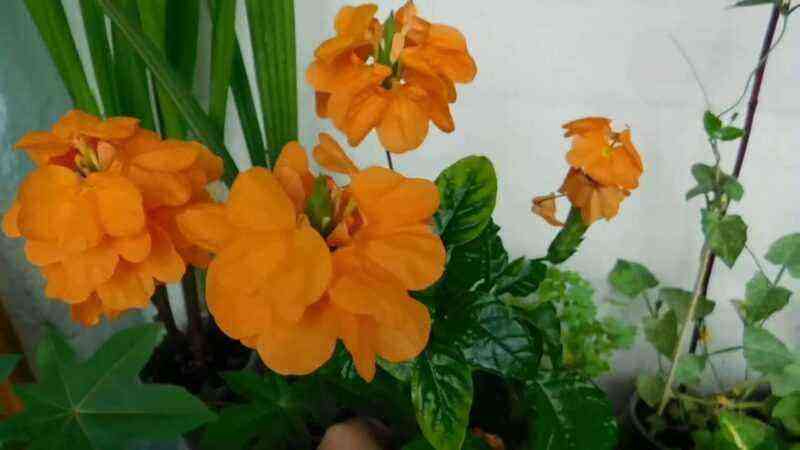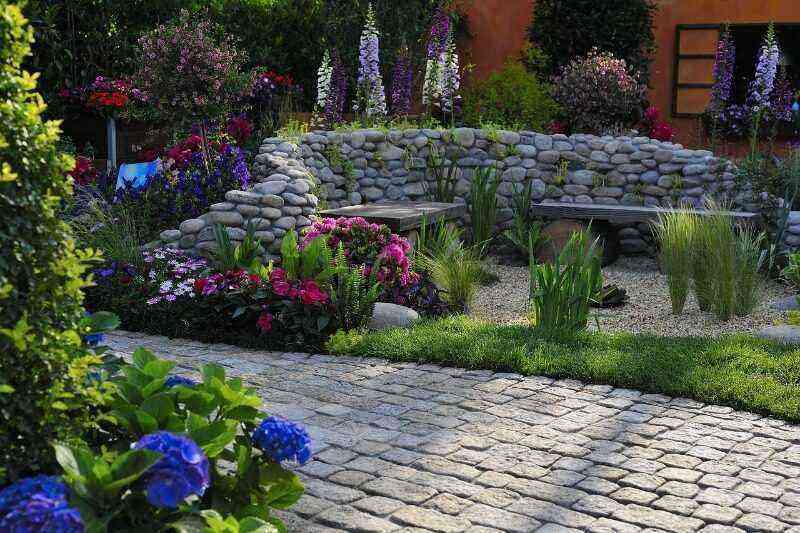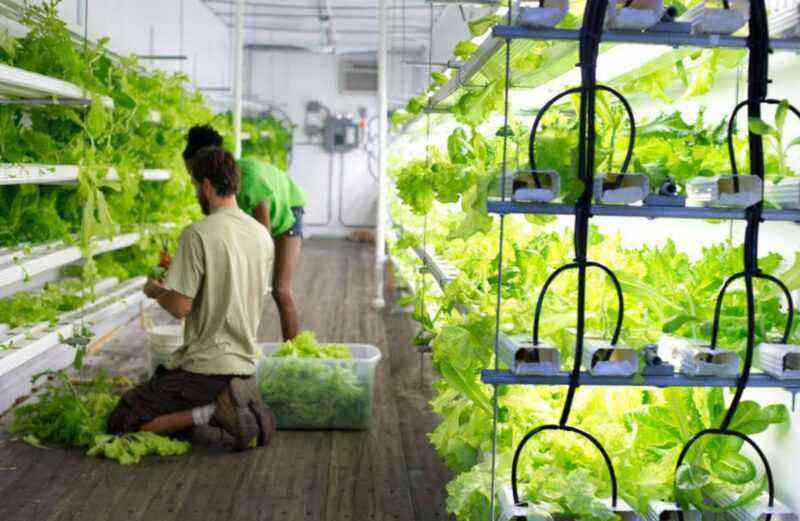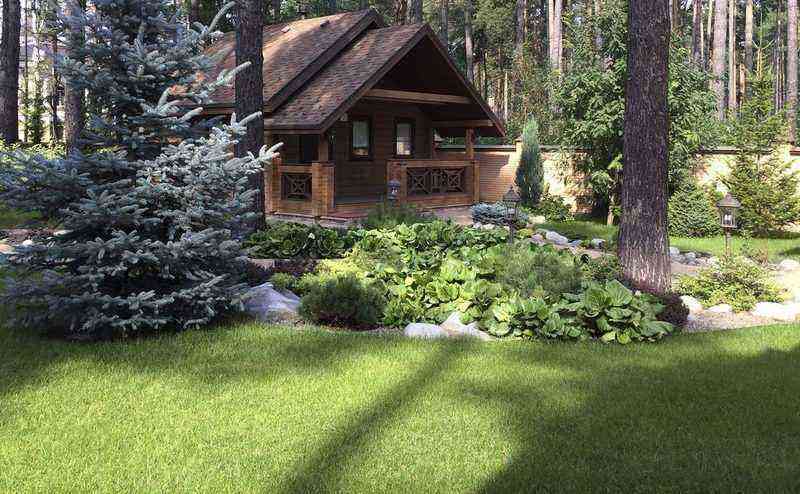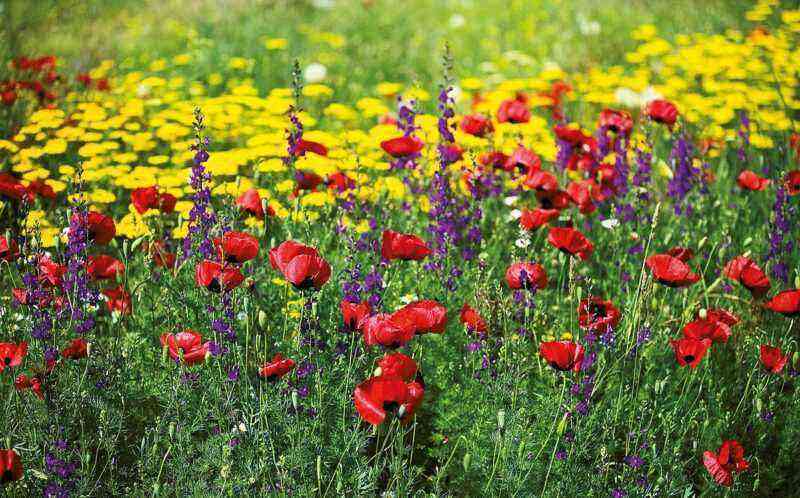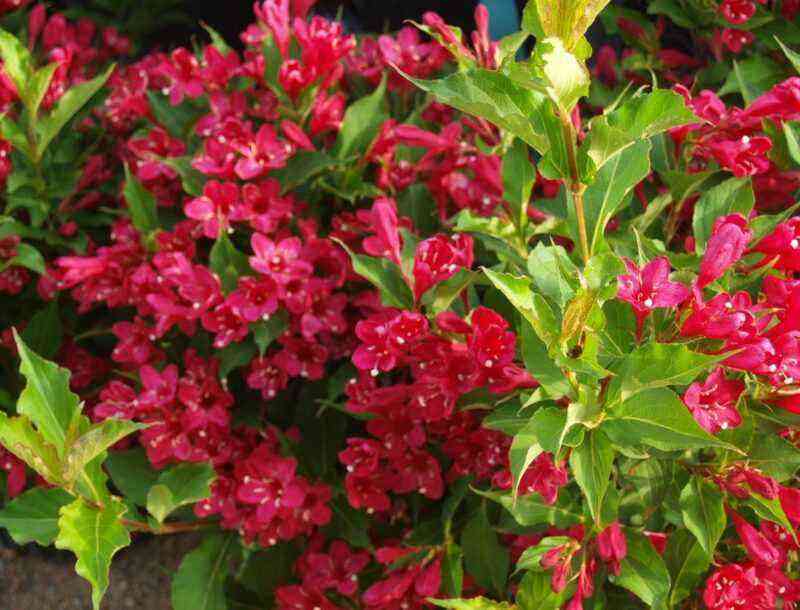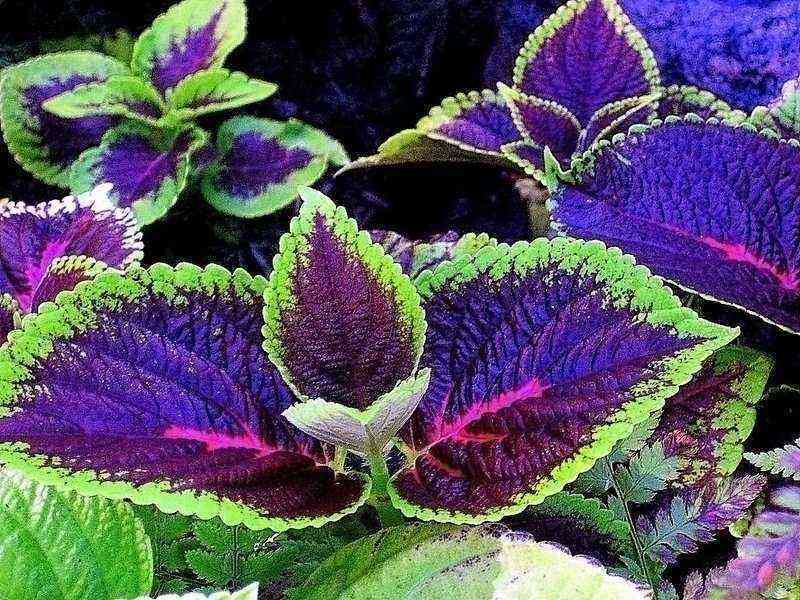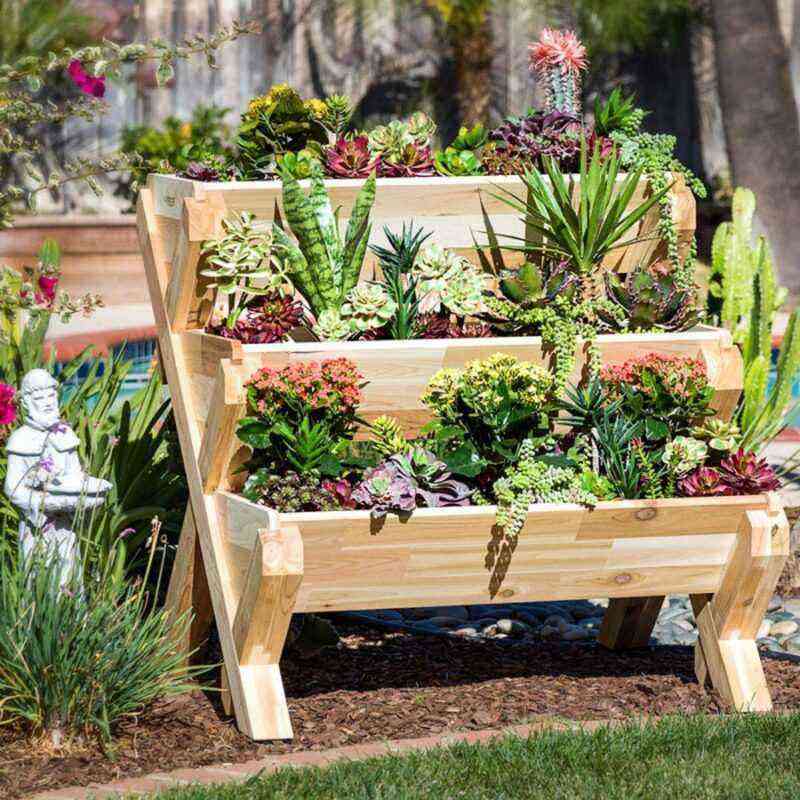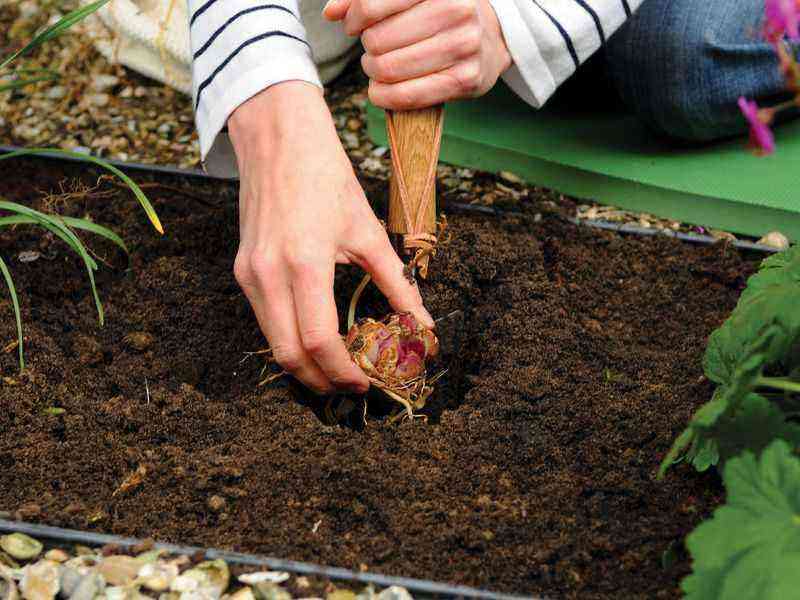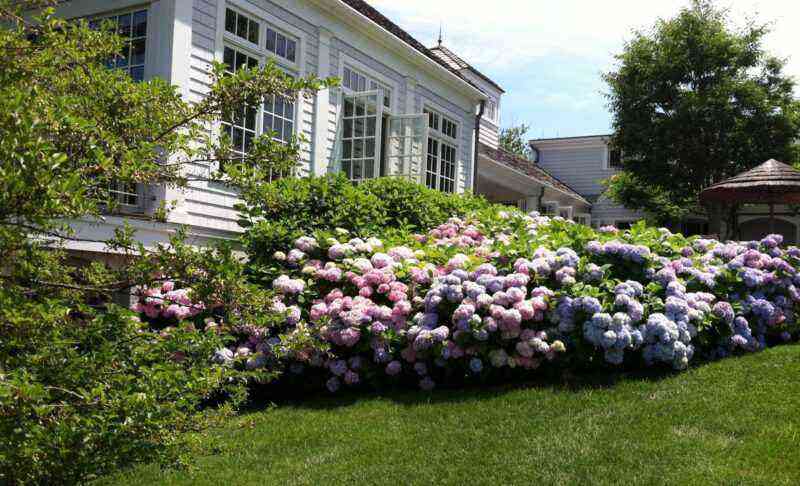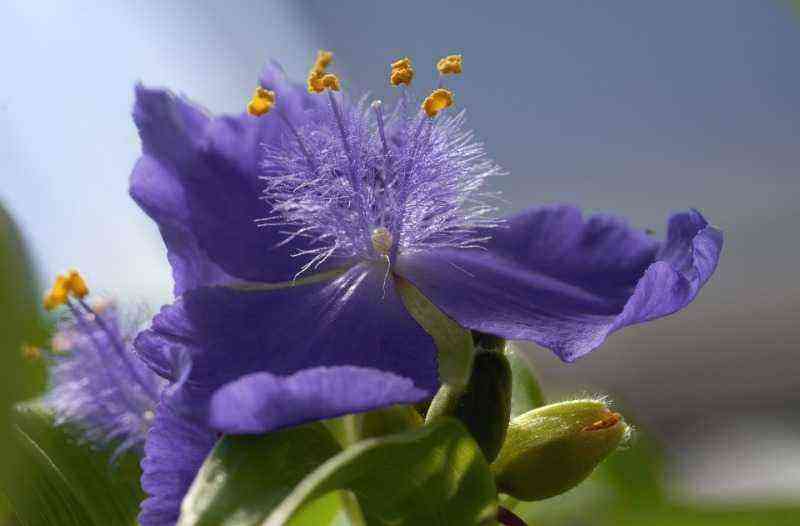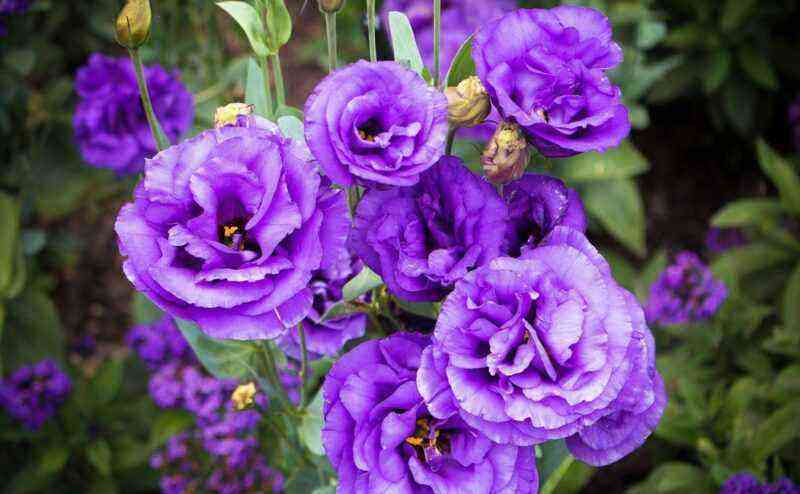At the dacha, you can do without some frills, but without a bright, sunny flower bed that creates a positive mood, dacha life will lose its main zest. When creating solar flower beds, you need to ensure that each of the plants receives its share of light. It is very important to combine plants correctly, choosing them according to their growth. Then tall specimens will effectively rise above undersized crops, creating a winning backdrop for them.
Bright, light, equipped with unique silk petals, similar to the clothes of oriental sultans, the Turkish poppy (Papaver orientale) will perfectly complement any sunny flower bed. Its surroundings can be sustained not only in scarlet or purple tones, poppies go well with flowers that are white or yellow. The exotic beauty makes poppy a very popular plant for flower beds. But not only her. This is the most unpretentious plant. If the poppy receives enough sunlight, then it can grow for years without replanting and on any soil.
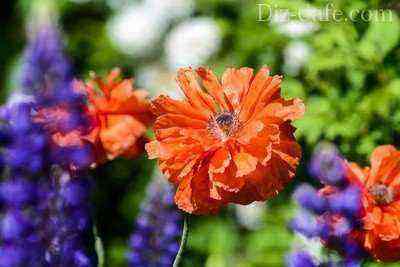
The Turkish poppy is a perennial, its straight bristly stem can reach a height of 80-100 cm. The basal leaves of the poppy are large, pinnately dissected, up to 30 cm in length, the stem leaves are smaller. Single flowers up to 18 cm in diameter have a fiery red color and a black spot at the base
Poppies can be not only scarlet, there are garden forms with orange, pink and even white petals. There is a special terry variety of plants of this species, which have bright red drooping flowers. This plant blooms in late May and early June, after which it is better to remove its yellowing leaves. Holes in the flower bed should be covered with asters blooming in autumn. And the poppy at this time forms a small rosette of leaves, which will have to winter. Poppy can be accompanied by yarrow and oregano.
An excellent setting for a bright sunny flower bed will create lavender (Lavandula) – not only an ornamental, but also a medicinal aromatic plant. Those who have managed to see lavender at its peak will never be able to refuse its attractive fresh scent and delicate purple flowers. Blooming lavender is a stunning sight, especially if it is planted over a large area. This small perennial is always ready to cover the ridges and curbs. Evergreen lavender is a bush with narrow leaves that have a delicate silvery shade. Its inflorescence is spike-shaped.
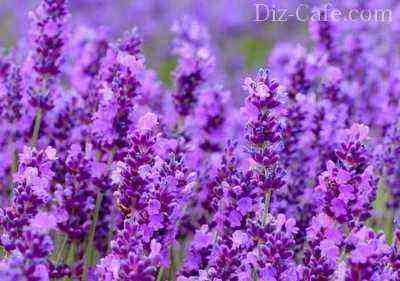
Butterflies with bees are very fond of the aroma emitted by the lavender-honey plant. The plant is unpretentious, it is drought-resistant and its cultivation in regions with warm and long summers is not particularly difficult.
Lavender flowers can be not only lilac (from pale lilac to deep purple), but also pink, blue and even white. The violet variety of lavender is often combined with bright “sun lovers” of positive yellow or orange coloring. If lavender serves as a frame for the composition, for example, purple echinacea looks wonderful in it. The flowering time depends on the type of lavender. Some varieties bloom from May to July. At the end of summer, they may begin the second phase of flowering. Usually the plant does not live longer than ten years, so a replacement should be prepared in advance.

The Latin word “lava” means “to wash”. The plant got its name for its antiseptic and hygienic properties. Even in ancient Rome, lavender was used for washing, cleaning and washing
In the 60s, this plant could be seen in many city flower beds. And now, after so many years, the thin-leaved peony (Paeonia tenuifolia) is again at the peak of popularity. Voronets, and this is how this plant is called in Russia, most often blooms in early May. Usually, by the May holidays, he already pleases everyone with his blood-red inflorescences. Its delicate fragrance is pleasantly woven into the spring breeze and spreads far around. Once in nature, these flowers could be found in whole blooming meadows, and today they are included in the Red Book.
However, as a garden plant, the thin-leaved peony is found quite often. In an adult state, the Vorontsa bush grows 30-50 cm. Usually it is abundantly decorated with flowering shoots. Flowers bloom very amicably, so during the flowering period it is very beautiful and fragrant. Unfortunately, this period is not that long. It will be completed in June, especially in hot weather. But the graceful greenery will stay with us until the fall. Often, thin-leaved peonies are planted together with Carpathian bells, monards, knifofia, helenium, gray carnation, rudbeckia and bright coreopsis.
The material on other peony varieties and how to grow them will also be useful:

You can, of course, dwell on the usual terry forms, they are also interesting in their own way, but this variety of peony is especially attracted by its greenery. It is good both with a flower and as a general background for plants that will be lower than a peony.
The name of the purslane (Portúlaca olerácea) comes from the Latin word “portula” meaning “collar”. Where is the collar in this plant? It turns out that his seed pod swings open as if a small collar opens up, opening the way for upcoming rugs. After all, the people call purslane just that – rugs. Today, in some European countries, it multiplies by self-sowing and grows like a field weed. Purslane conquered our gardeners with its tenderness and naive, unpretentious beauty. He is a welcome guest on every flower bed. It is loved for its long and abundant flowering from June to August.
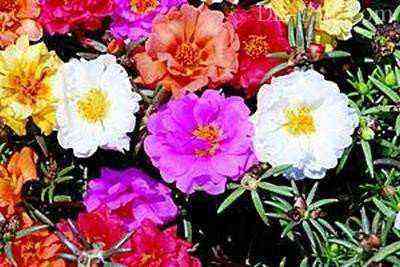
In the Middle Ages, it was grown by the Arabs, calling the purslane “blessed plant.” It was believed that he is able to cure all diseases. Purslane was also in demand during the time of Hippocrates. Severe wounds and snake bites were treated with purslane leaves and flowers
Most often, purslane is used as a curb plant and on alpine slides. It has small cylindrical fleshy leaves of green or slightly reddish color. Flowers with a diameter of 2,5-3 cm have a variety of colors: yellow, red, purple, pink, orange, etc. Plants with double (“Double Mix”), white (“White-flowered”), purple (“Splendens”) flowers attract the attention of specialists. There are even those in which the corollas are painted in two colors.
You can learn more about how to grow a purslane from the material:
Many exotic plants can be grown, but if you don’t have common chamomile (Leucanthemum vulgare Lam) in your garden, then who will smile so uniquely in the sun in the morning? And who will answer our main question about love and not love? No, you can’t do without chamomile. Especially in the presence of Turkish poppy and blue cornflower, chamomile creates a field color that will pleasantly refresh the site, make it dear to the heart and pleasant to the eye. It goes well with common daisy (chamomile) forest mallow, chamomile aster, scabiosa, yarrow, bellflower and meadow sage.
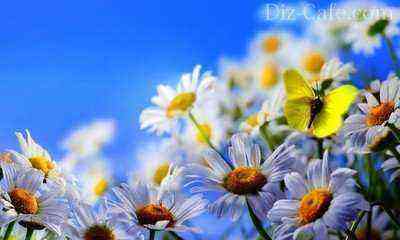
This plant is often used in folk medicine. However, you should not use it haphazardly, like any other medicines.
Actually, a white chamomile flower will always find itself a pleasant neighborhood. Chamomile is a perennial, which can be 15 and 80 cm in height. Its stem can be branched or simple single. The chamomile inflorescence has the shape of a basket. The plant blooms in June-September. This plant reproduces not only by seeds, which each specimen produces in the amount of 2-5 thousand pieces, but also by vegetative means. Chamomile can overwinter in the form of a rosette, and next year flowering stems are already formed in it.
If you know a thing or two about good drinks, try adding just one Monarda leaf to any cup of tea and you will suddenly experience the exquisite taste of Earl Gray. Experts say that this plant is able to invigorate the space with just its presence. Monarda is a “hooligan” among “intelligent” flowers with neat hairstyles. Her tousled hair, however, is always appropriate. She herself will not get lost against the background of other plants, but she also will not allow herself to drown out anyone.
Monarda flowers can be double and simple. All species of this plant have an exceptional aroma, which exudes not only flowers and leaves, but also stems and even rhizomes. “Shaggy” flowers of lilac, crimson, pink, red and even white appear in July. Abundant flowering does not stop until the very end of summer.

Monarda reaches a height of 120 cm.There is also a dwarf form that does not grow more than 20-30 cm.The leaves of the plant can be smooth or rough, depending on the variety
When the Helenium autumnale blooms, it seems that the autumn sun has multiplied and turned towards you in many inflorescences. I really want to bend over to these flowers to smell them. The plant is very diverse. Many different varieties of helenium are known, which differ not only in the variety of flowers, but also in the height and diameter of the inflorescence basket. The average flower diameter is 4 cm. As for the color, the gelenium can be yellow, bright red, yellow-orange, reddish or bronze with a contrasting dark core of the flower.

This plant combines very well with others, so choosing a company for Gelenium is not a problem. It looks especially good with rudbeckia and echinacea. Often, it is his flowers that replace traditional asters and gladioli in bouquets, which are presented to teachers on Knowledge Day.
Helenium blooms in August-September. It pleases with its bright flowering right up to the frost. In the fall, when the stem of the helenium dies, its root dies with it. But why, then, is this plant considered perennial? It turns out that by the end of the growing season, a bud is formed at the very base of the stem, from which a small new rosette with roots and leaves develops. It is she who will give in the spring a new flowering stem. What seemed to us to be a single flower, in fact, turned into a whole colony of independent plants.
To see exotic plants and enjoy their flowering, today there is no need to go somewhere far. Kniphofia is another African-born sun lover who has taken root here. This herbaceous perennial is incredibly attractive during its flowering period. From the very center of the deciduous rosette, a tall stem suddenly appears, devoid of leaves, decorated with a spike-shaped inflorescence. The buds begin to bloom gradually, either from top to bottom or from bottom to top. And soon the whole inflorescence turns into a big bicolor cone.
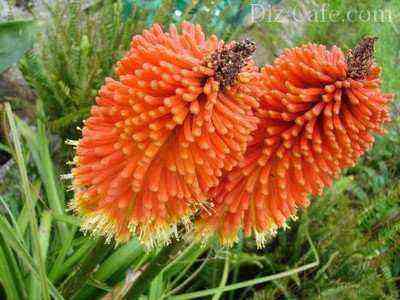
When planting knifofia, please be patient. There will be no flowering in the first year: the plant gives the first flowers in the second or even in the third year. But your expectation will be justified
However, even without flowers, this plant looks very exotic. It will become an undoubted decoration of any flower bed or an excellent background for shorter sun-lovers. It blooms from mid-summer to October. Knifofia can become the center of your flower bed, because it reaches a height of 120 cm. The plant can easily “make friends” with echinacea, stonecrop, yarrow and others.
The material on other varieties of tall flowers for garden decoration will also be useful:
Have you heard something about the autumn depression and really want to feel what it is? Then banish garden chrysanthemums from your site! After all, they will not let you get bored even on a rainy October day. Beautiful garden chrysanthemums (Chrysanthemum) are true classics of summer cottages. The generic name for chrysanthemums consists of two Greek words. The first “chrysos” means gold, and the second “anthos” means a flower. It’s hard to argue, these are indeed golden flowers.
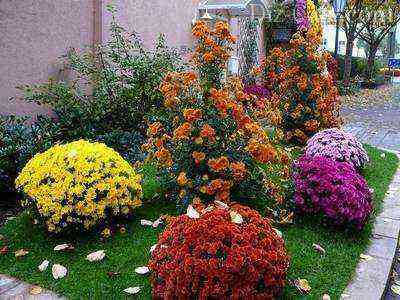
There are 650 different varieties of garden chrysanthemums, which are divided into 13 groups according to the type of inflorescence. Among the bush there are feathery, bristly, blanket, semi-double, anemone, spoon-shaped and chrysanthemums – fantasy with elongated petals
It is impossible not to feel a quiet peace in your soul when this plant smiles with its lush heads at the cooling autumn sun. Stonecrop or bush asters will gladly share their company. Together they will delight you with the juicy colors of autumn. And you will say goodbye to your blooming garden until the new summer season, enjoying the tart, slightly bitter and cold scent of chrysanthemums.
Those who want to decorate their plot with chrysanthemums need to know that flowers that have the same name are very different in the shape of the bushes, in height, size of flowers, type of inflorescences, degree of terry, color and even in the time of their flowering. If the height of some of them does not exceed 35-40 cm, then others are capable of growing up to 1,5 meters. Shrub chrysanthemums are very diverse in color: white, pink, yellow, red, burgundy, sunny red and even green. Moreover, shades of the same color are represented very widely.
Once upon a time, the Greeks decided that Asters appeared from a speck of dust that fell from a star. Therefore, they named this flower in honor of its mother – the star. Indeed, asters with their shape and radiant petals, which diverge in all directions, resemble stars. It is impossible not to mention this sun-loving queen of the garden.
Perennial varietal asters are capable of surprising with abundant flowering and a variety of colors. Among the asters there are lilac, lilac, purple, crimson, blue, blue, pink and, of course, white specimens. Every flower lover will find those that suit his taste. A tall goldenrod will receive a winning frame in the form of lilac or blue perennial asters. Together they will look very impressive. And with a padding of pink crocus flowers, you will get a flower bed that will delight you with freshness and beauty right up to the first snow.
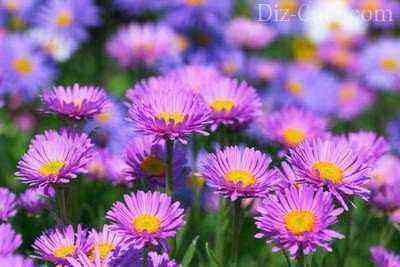
The beauty of the aster is revealed exactly when the gardening season comes to an end. It was then that the cold-resistant asters bloom in all the splendor of their unearthly beauty.

Thanks to the variety of asters, it is very easy to combine. For example, pink varieties look great next to Japanese spirea. White asters will successfully complement purple stonecrops “Pearl Emperor” or “Madonna”
The solar flower bed that you get will be first created by your imagination, and then by your hands. While shaping it, we hope you will not forget about the plants to which we have dedicated this article. Let it not contain specific recommendations for planting and care. Our goal is to show you these plants, and you will select them for your garden and learn more about them yourself.
